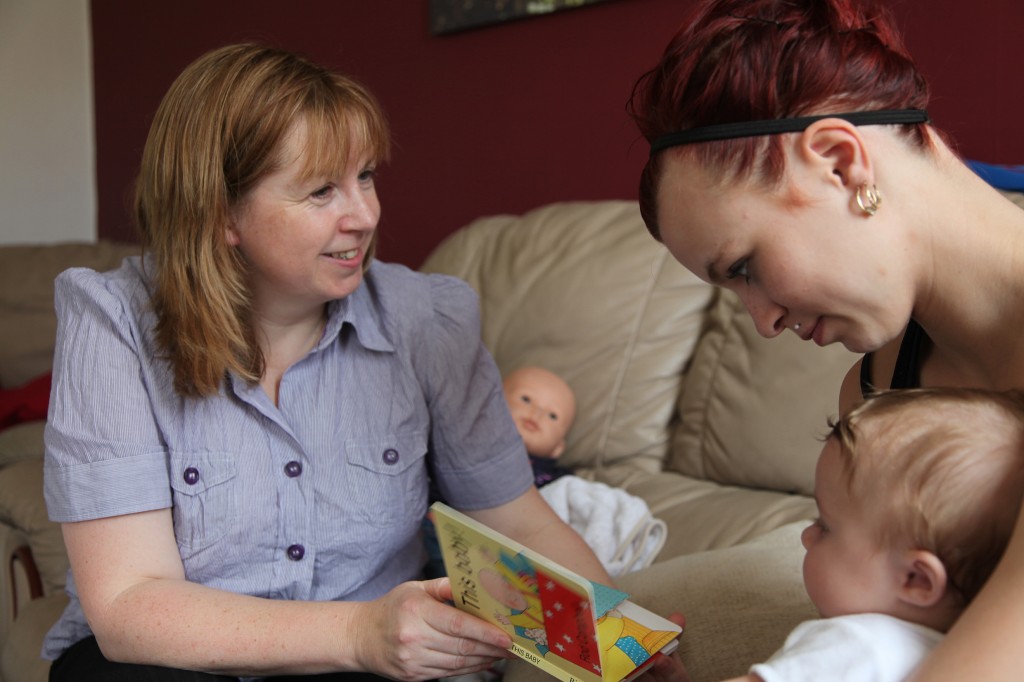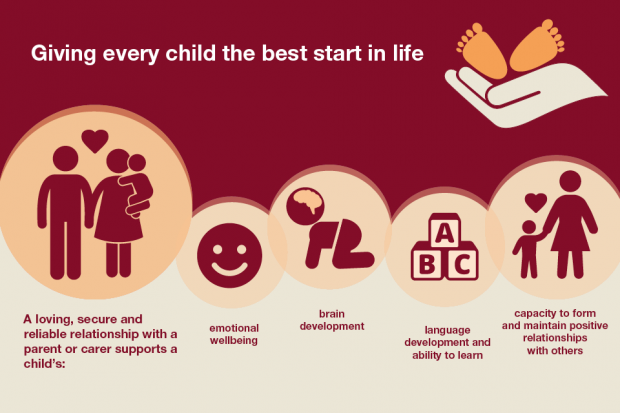
The World Health Organisation (WHO) has declared 2020 as the International Year of the Nurse and Midwife, in honour of the bicentenary of the birth of the founder of modern nursing, Florence Nightingale.
Worldwide, nurses and midwives play a vital role in providing health services, and they can often be the first and only point of health care in their communities.
Nurses and midwives are the largest workforce globally and provide support across the life course for individuals, families and communities and provide invaluable leadership for health protection and preventative healthcare.
Public Health England employs over 300 nurses and midwives across various roles and this is testament to the vital role nursing plays in shaping public health policy and providing leadership to improve the health of the nation.
Throughout 2020, PHE and other partner organisations will:
- celebrate the contribution of nurses and midwives in improving global health
- acknowledge and address the challenging conditions nurses and midwives face while providing vital health care recognise the leadership nurses and midwives provide in delivering and championing public health and improving population health
- use evidence and data to share good practice or what works
Florence Nightingale - Celebrating leadership in public health nursing
Florence Nightingale changed the role of nursing and sparked worldwide health care reform through her avid interest in data and evidence. As a pioneer and leader in public health, it’s fitting her legacy is being used to shine a light on nurses and midwives worldwide.
She is best remembered for her work during the Crimean War (1853 to 1856) where she observed more soldiers were dying from illnesses caused by poor hygienic standards than from combat wounds. She reviewed the data and evidence to develop a plan to increase ventilation, improve the overall cleanliness of the hospital and the personal cleanliness of patients and reduce overcrowding. Through her work, she reduced mortality rates of British soldiers by nearly two-thirds.

She also used this period to collect hospital mortality data, using her infamous rose chart, one of the first examples of an infographic, to clearly illustrate that most people were dying from poor sanitation and infection. She emphatically and statistically made an argument for a preventative approach to health care – an approach that is central to modern health care and nursing.
Over the forthcoming year PHE will be shining a light on our work, demonstrating the leadership roles and impact nurses and midwives make, starting with our work relating to children and families.
Best start in life
Florence Nightingale’s legacy importantly taught us that health inequalities are not inevitable and can be significantly reduced. The key is early intervention.
Today, health visitors are key in the delivery of essential early intervention preventative work and help give children the best start in life - a strategic priority for PHE.
As part of a cross government initiative to halve the number of children who leave reception without the necessary speech and language skills, PHE has provided additional training to over 1,000 health visitors. This is to ensure they have the skills to identify children with speech, language and communication needs early on.
The first 1,001 days of a child’s life lay the foundations for their future health and wellbeing, including ensuring they are ready to learn once they start school.
During this period, vital speech and language skills are learned which directly impacts a child’s ability to learn, form relationships and their future life chances.

Children with poor vocabulary skills at age 5 are twice as likely to be unemployed when they reach adulthood, and it’s estimated 1.4 million children and young people in the UK have speech, language and communication needs.
When you invest early in a child’s development, you are reducing the need for specialist interventions further down the track and improving life chances.
Healthy Child Program refresh
In 2020, a significant focus for PHE will be on the importance of early years development. As part of this, PHE will refresh the Healthy Child Programme.
Initially launched in 2009, the Healthy Child Programme focuses on a universal preventative service, providing families with a programme of screening, immunisation, health and development reviews, supplemented by advice around health and wellbeing and parenting.
It’s developed into a programme that aims to bring together health, education and other main partners to deliver an effective programme for prevention and support.
After 10 years, there are new opportunities and room for policy developments. The commissioning and workforce landscape has changed, and there is new evidence and insights to direct the programme schedule, particularly around immunisations and screening.
The current HCP reaches from pregnancy to age 19; the refreshed programme will extend from pre-conception health to age 24 years. The existing 6 high impact areas for early years and 6 for school age children will be refreshed and updated, and we are adding 6 high impact areas for healthy pregnancy which will inform the healthy pregnancy pathway. The refreshed HCP will be ‘universal in reach and personalised in response’ – providing tailored support to meet individual and family needs.
Join the #WeNurses twitter chat on the 13 January at 6pm to find out more about the modernising Healthy Child Programme.

1 comment
Comment by Dr Michael Craig Watson posted on
Nursing crisis: Missed opportunities in promoting the health of the country
https://www.bmj.com/content/367/bmj.l6664/rr